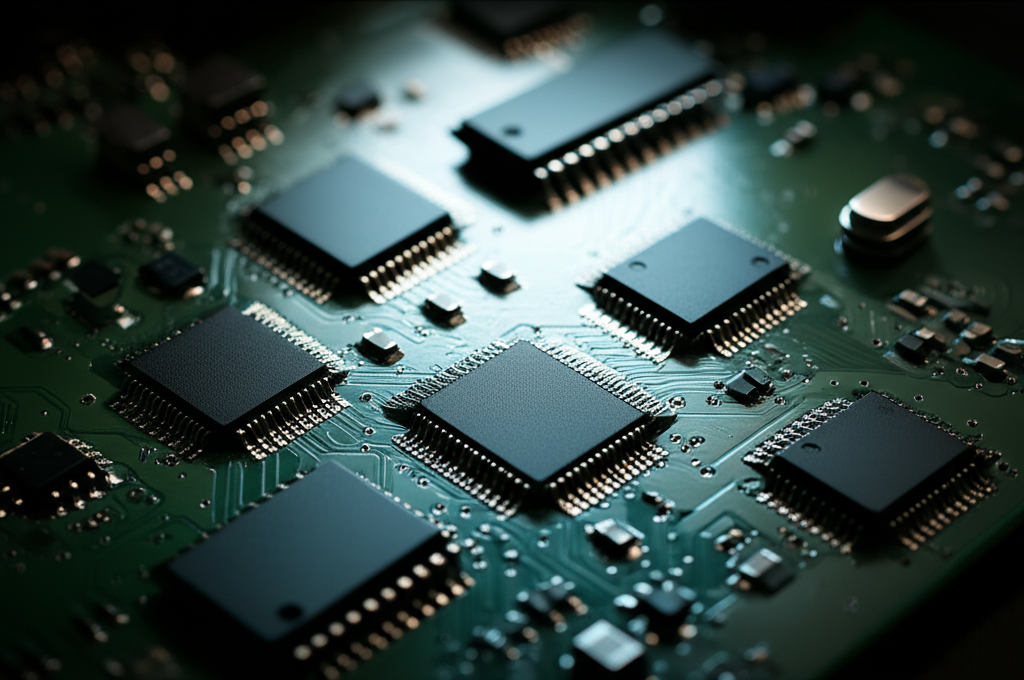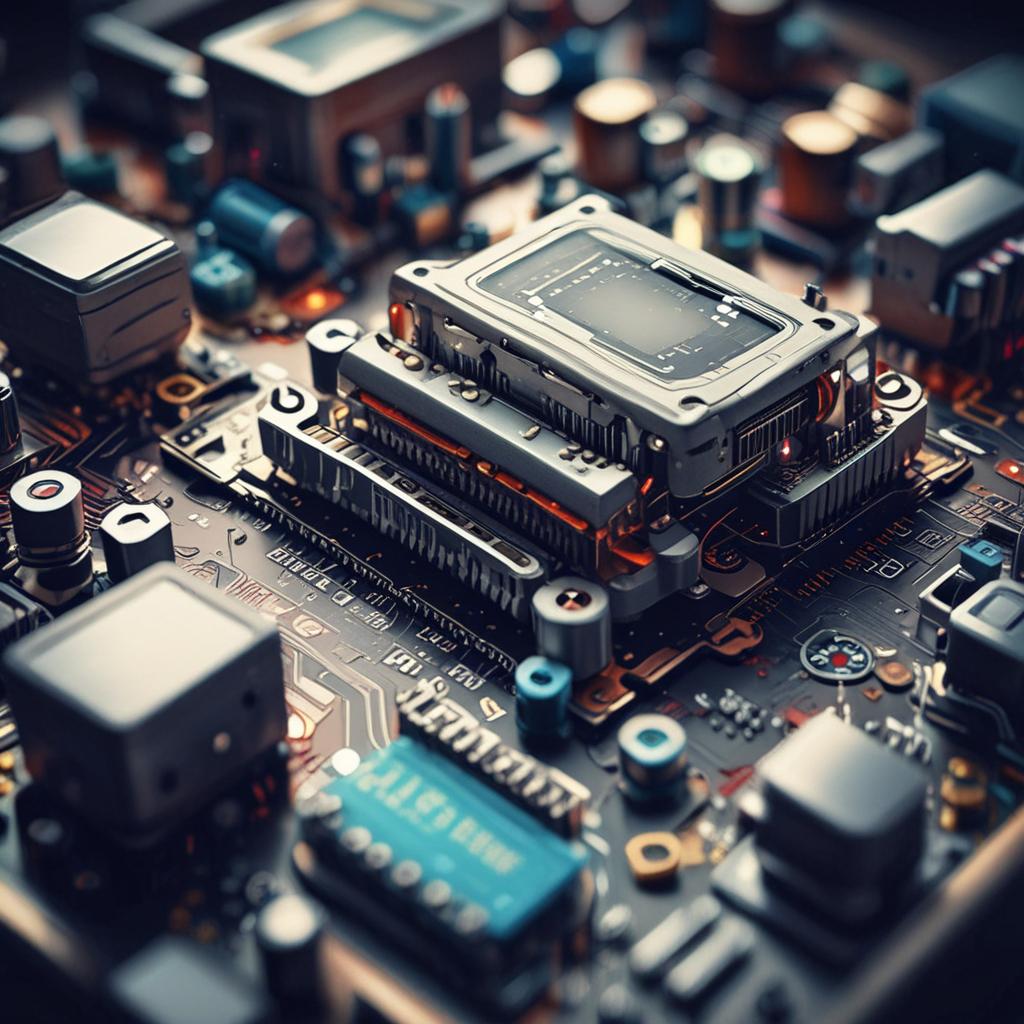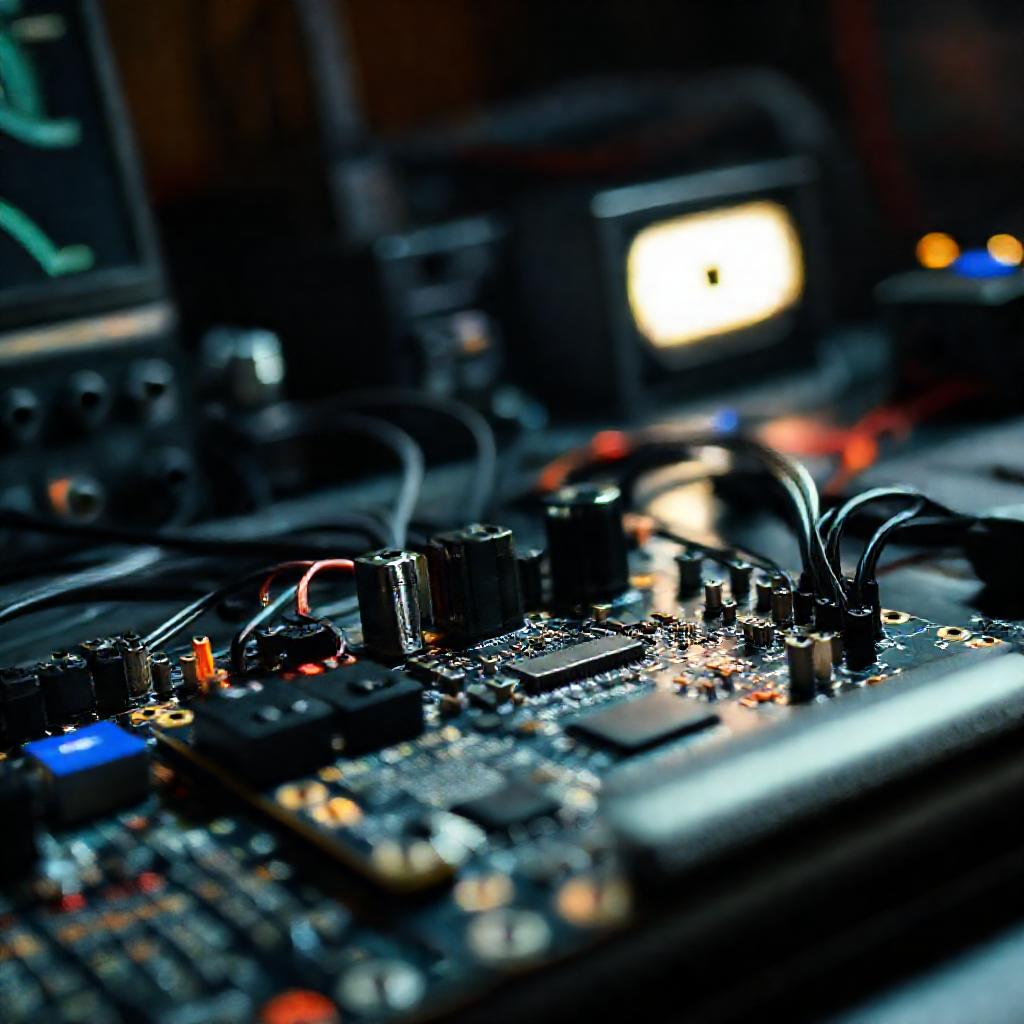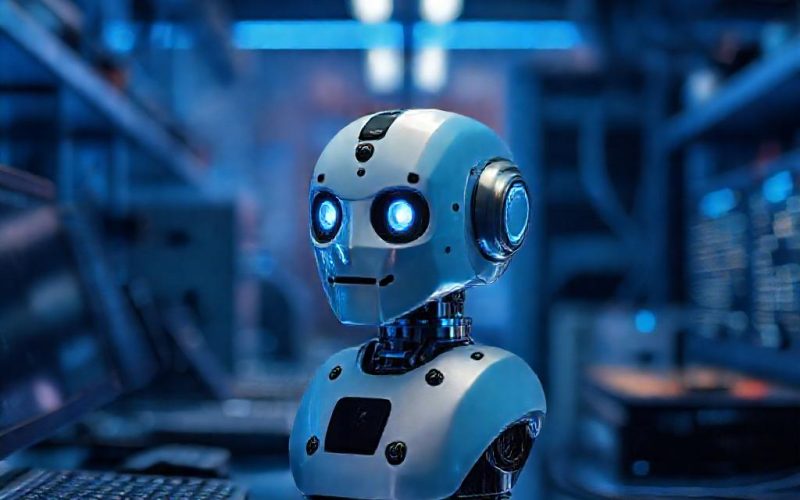Table of Contents Show
In the rapidly evolving landscape of the Internet of Things (IoT), AI chatbots are emerging as crucial tools for enhancing user interaction and device management. These intelligent assistants can process natural language, provide real-time data, and automate complex tasks, making them invaluable in various IoT applications. Open-source tools, with their flexibility and community support, offer an excellent foundation for building robust and scalable AI chatbots. This blog post will guide you through the process of creating an AI chatbot for IoT devices using open-source tools, from understanding the basics to deploying a fully functional system.
What Are AI Chatbots?
AI chatbots are software applications that simulate human conversation through text or voice interactions. They leverage natural language processing (NLP) and machine learning to understand and respond to user queries. Examples of AI chatbots can be found across various industries, from customer service bots on websites to virtual assistants like Amazon’s Alexa and Apple’s Siri.
The Role of AI Chatbots in IoT
AI chatbots play a pivotal role in enhancing user interaction with IoT devices. They can control smart home appliances, monitor industrial equipment, and provide real-time updates on healthcare devices. By integrating AI chatbots with IoT systems, users can enjoy a more intuitive and efficient experience. For instance, a chatbot can adjust the thermostat based on user preferences or alert maintenance teams about equipment malfunctions.
Key Features of AI Chatbots for IoT
Features table for Key Features of AI Chatbots for IoT
For AI chatbots to be effective in IoT environments, they need to possess several key features:
- Real-time data processing: Ability to handle and respond to data in real-time.
- Voice recognition and natural language understanding: Capability to understand and process human language accurately.
- Customization and scalability: Flexibility to adapt to different user needs and scale as the IoT ecosystem grows.
Essential Open Source Tools for Building AI Chatbots
Rasa: Conversational AI Framework
Rasa is an open-source framework designed for building conversational AI. It consists of Rasa NLU for understanding user messages and Rasa Core for managing conversations. Rasa allows developers to create highly customizable chatbots that can be integrated with IoT devices. Its advantages include extensive documentation, a strong community, and the ability to handle complex dialogs.
Dialogflow: Google’s Natural Language Understanding Platform
Dialogflow, developed by Google, is a powerful tool for creating conversational interfaces. It supports multiple languages and integrates seamlessly with Google Cloud services. Setting up Dialogflow for IoT chatbots involves creating intents, entities, and training the model with sample conversations. Key features include pre-built agents, easy integration with other services, and robust NLP capabilities.
Botpress: Open-Source Chatbot Builder
Botpress is another open-source chatbot builder that offers a visual interface for designing and deploying chatbots. It supports natural language understanding and can be easily integrated with IoT devices. Building and deploying chatbots with Botpress involves creating modules, configuring NLP settings, and deploying the bot to a server. Its modular architecture allows for easy customization and scalability.
Additional Tools and Libraries
Several other tools and libraries can enhance the development of AI chatbots for IoT:
- Natural Language Toolkit (NLTK): A comprehensive library for building NLP applications.
- Spacy: An open-source library for advanced NLP tasks like named entity recognition and part-of-speech tagging.
- TensorFlow and PyTorch: Powerful machine learning frameworks for training and deploying deep learning models.
Step-by-Step Guide to Building an AI Chatbot for IoT Devices
Setting Up Your Development Environment
To start building your AI chatbot, you need to set up your development environment. This includes installing required software and tools like Python, Rasa, Dialogflow, or Botpress. You will also need to install necessary libraries and frameworks for NLP and machine learning. For example, you might need to install NLTK, Spacy, TensorFlow, or PyTorch.

Designing the Chatbot Architecture
The next step is to design the chatbot architecture. This involves identifying the components of the chatbot system, such as the NLP engine, dialog management, and integration layers. You need to consider how the chatbot will interface with IoT devices and the data flow between them. Communication protocols like MQTT or HTTP can be used for data exchange.

Developing the Chatbot Using Open Source Tools
Using open-source tools like Rasa, Dialogflow, or Botpress, you can start developing your chatbot. This involves creating intents and entities, training the chatbot with sample data, and implementing natural language understanding (NLU). For example, in Rasa, you would define intents and entities in the NLU training data and use Rasa Core to manage conversation flows.
Integrating the Chatbot with IoT Devices
Once your chatbot is developed, you need to integrate it with IoT devices. This involves connecting to IoT platforms like AWS IoT or Azure IoT, sending and receiving data from IoT devices, and ensuring security and privacy. You can use APIs provided by IoT platforms to facilitate communication between the chatbot and IoT devices.
Testing and Deployment
Testing the chatbot is crucial to ensure its accuracy and performance. You can use sample conversations to test the chatbot’s responses and make necessary adjustments. Once testing is complete, you can deploy the chatbot to a production environment. Monitoring and maintaining the chatbot is essential to handle any issues that arise and update the model as needed.
Best Practices for AI Chatbot Development in IoT
Ensuring Reliability and Scalability
Designing for scalability is essential to handle large volumes of data and requests. This involves using scalable architectures and cloud services to ensure the chatbot can handle increasing loads. Reliability can be ensured by implementing robust error-handling mechanisms and regular updates.
Security and Privacy Considerations
Protecting user data and securing communication channels are critical. This involves using encryption for data transmission, secure authentication mechanisms, and regular security audits. Compliance with data protection regulations like GDPR is also essential.
User Experience and Accessibility
Designing for intuitive user interactions is crucial for a positive user experience. This involves using clear and concise language, providing helpful responses, and making the chatbot accessible to all users, including those with disabilities. Accessibility features like text-to-speech and speech-to-text can enhance the user experience.
Case Studies and Real-World Applications
Smart Home Automation
AI chatbots can control smart home devices, such as thermostats, lights, and security systems. For example, a chatbot can adjust the temperature based on user preferences or alert users about potential security breaches. Benefits include increased convenience and energy efficiency, while challenges include ensuring seamless integration and security.

Industrial IoT
In industrial settings, chatbots can monitor and manage equipment, predict maintenance needs, and optimize operations. For instance, a chatbot can alert maintenance teams about equipment malfunctions or provide real-time updates on production status. This leads to improved efficiency and reduced downtime.
Healthcare IoT
Chatbots in healthcare can monitor patient vital signs, provide medical advice, and manage appointments. For example, a chatbot can alert healthcare providers about abnormal readings or remind patients to take their medication. Ensuring compliance with healthcare regulations and protecting patient data are critical considerations.
FAQs
What are the most common challenges in building an AI chatbot for IoT devices?
Common challenges include data integration, ensuring security, and handling scalability. Integrating diverse data sources and ensuring secure communication are critical. Additionally, the chatbot must be designed to handle increasing loads and provide reliable performance.
Can open-source tools be as effective as proprietary solutions?
Open-source tools offer several advantages, including customization and community support. They can be as effective as proprietary solutions, especially for developers who need flexibility and control over their chatbot’s functionality. The extensive documentation and active communities of open-source tools also provide valuable resources.
How do I ensure the security of my AI chatbot and IoT devices?
To ensure security, use encryption for data transmission, implement secure authentication mechanisms, and conduct regular security audits. Compliance with data protection regulations like GDPR is also essential. Regular updates and patches can help protect against emerging threats.
What are the key considerations for deploying an AI chatbot in a real-world IoT environment?
Key considerations include reliability, scalability, and user experience. The chatbot must be designed to handle increasing loads and provide reliable performance. User experience is crucial, and the chatbot should be intuitive and accessible to all users. Regular monitoring and maintenance are also essential.
How can I train my chatbot to understand and respond to various user queries effectively?
Training your chatbot involves using a diverse set of training data that covers various user queries. Natural language processing techniques and continuous learning can help improve the chatbot’s understanding and response accuracy. Regular updates and feedback from users can also enhance the chatbot’s performance.
Conclusion
AI chatbots play a vital role in enhancing user interaction and device management in the IoT ecosystem. By leveraging open-source tools, developers can create robust, scalable, and customizable chatbots. This blog post has provided a comprehensive guide to building AI chatbots for IoT devices, from understanding the basics to deploying a fully functional system. We encourage you to explore and build your own AI chatbots using open-source tools and share your experiences and any questions you may have.




